KOKUYO DESIGN AWARD 2020
Report
The 17th KOKUYO DESIGN AWARD Showed Us New Challenges and Visions
The Final Judging of KOKUYO DESIGN AWARD 2020 took place on March 14, 2020, and one Grand Prix winner and three Merit Award winners were selected. We received 1,377 entries in total—771 from Japan and 606 from abroad—and “Somewhere, Sometime” by OBAKE (Natsuki Tomoda and Mai Miura) won the Grand Prix. The Final Judging and judges’ talk show were streamed live online, and the Grand Prix entry was also chosen by the viewers as the winner of the Audience Award.
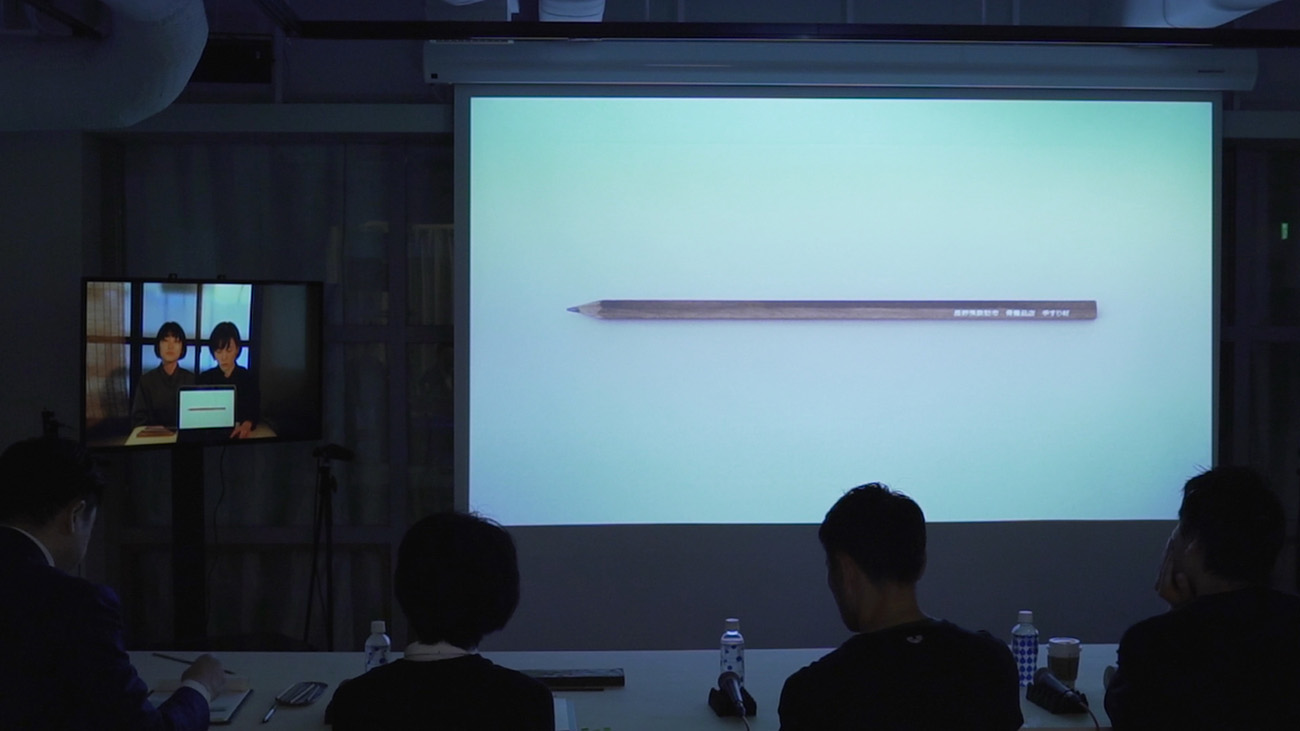
2020 was full of “first times”
The KOKUYO DESIGN AWARD 2020 marked the competition’s 17th year, and was full of trying new things. First of all, the theme was “”— the first time in the Award’s history that a symbol was chosen. We left how to read and interpret it entirely up to the entrants, and anticipated seeing freer use of imagination and bolder ideas than in previous years. In fact, we received 88 more entries than last year, and saw a wider range of entrants and designs.
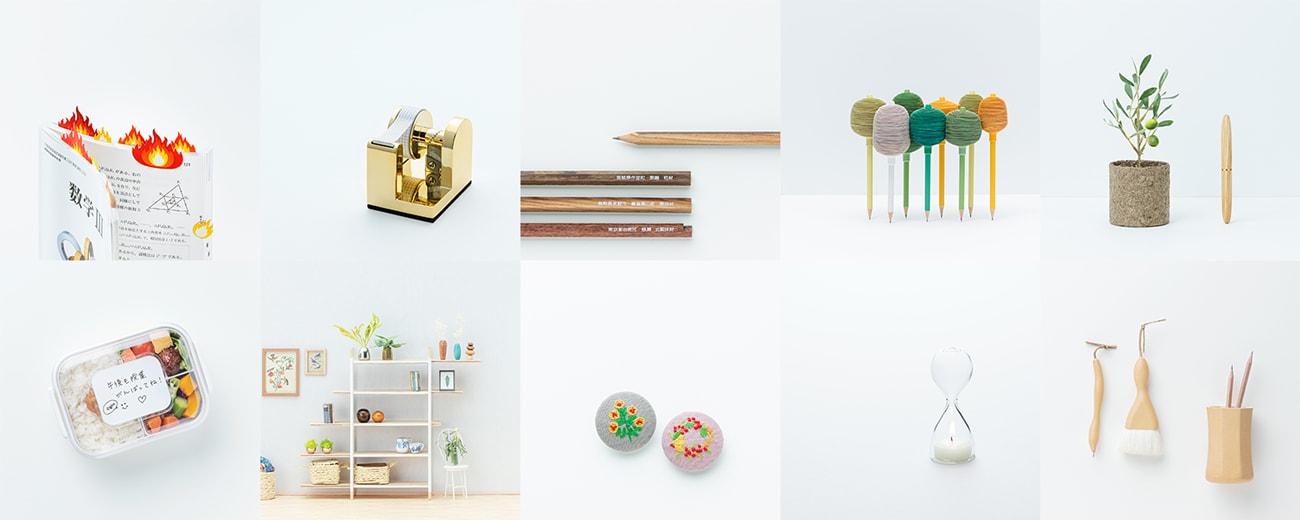
Just like last year, we were planning to hold the Final Judging through the 10 finalists’ presentations at THINK OF THINGS (KOKUYO’s shop/studio), and open the awards Ceremony and judges’ talk show to the public. However, owing to the spread of the new coronavirus, we changed the plans at the last minute and had the finalists take part in the judging by giving presentation movies and talking via video conference, and also cancelled the opening of the talk show to the public. Instead, we decided to stream the events live on YouTube. This was the first time the KOKUYO DESIGN AWARD had ever tried broadcasting the whole of the program from the presentations to Q&A sessions live online. Filming and streaming equipment was set up at the venue, and an unusually tense atmosphere pervaded all as the judging proceeded.
The judges watched the presentation movies prepared by each finalist, then conducted a Q&A session with them via video conference. The prototypes were placed on a table at the venue, and the judges evaluated the designs carefully, picking them up and trying them out. This year, Tsuyoshi Tane and Teruhiro Yanagihara joined the proceedings as new judges, and offered their own unique perspectives and suggestions as an architect and cross-genre designer.
“Somewhere, Sometime”: the most well-balanced Grand Prix winner
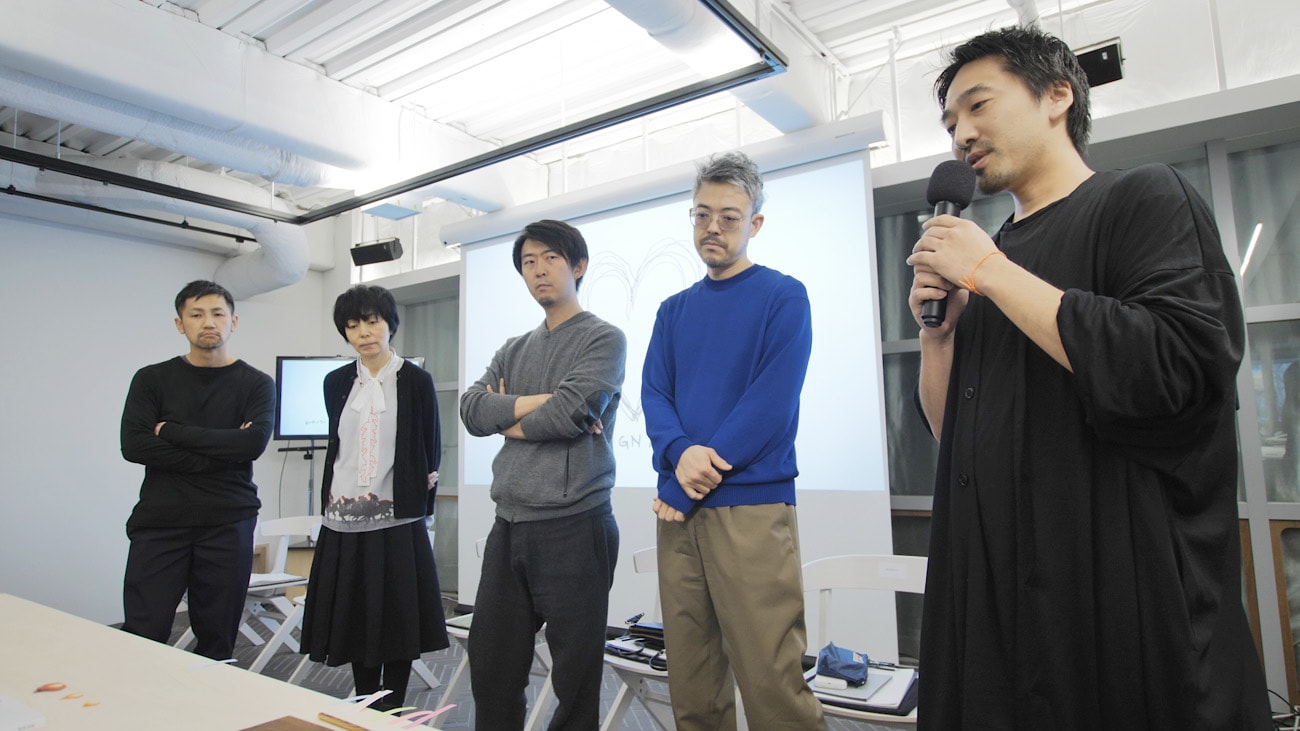
After the presentations, the discussion to decide the winners floundered uncharacteristically. The judging criteria were how the theme was interpreted, how finished the design and idea were, and whether the design could be made into a commercial product. Five-time judge for the award Ryosuke Uehara and three-time judge Masashi Kawamura said frankly, “There are no entries that stand out against all the criteria. We might not have a Grand Prix winner this year.” The other judges also seemed undecided about whether they should “choose a work that matched the theme, or one that was a good design as a product.”
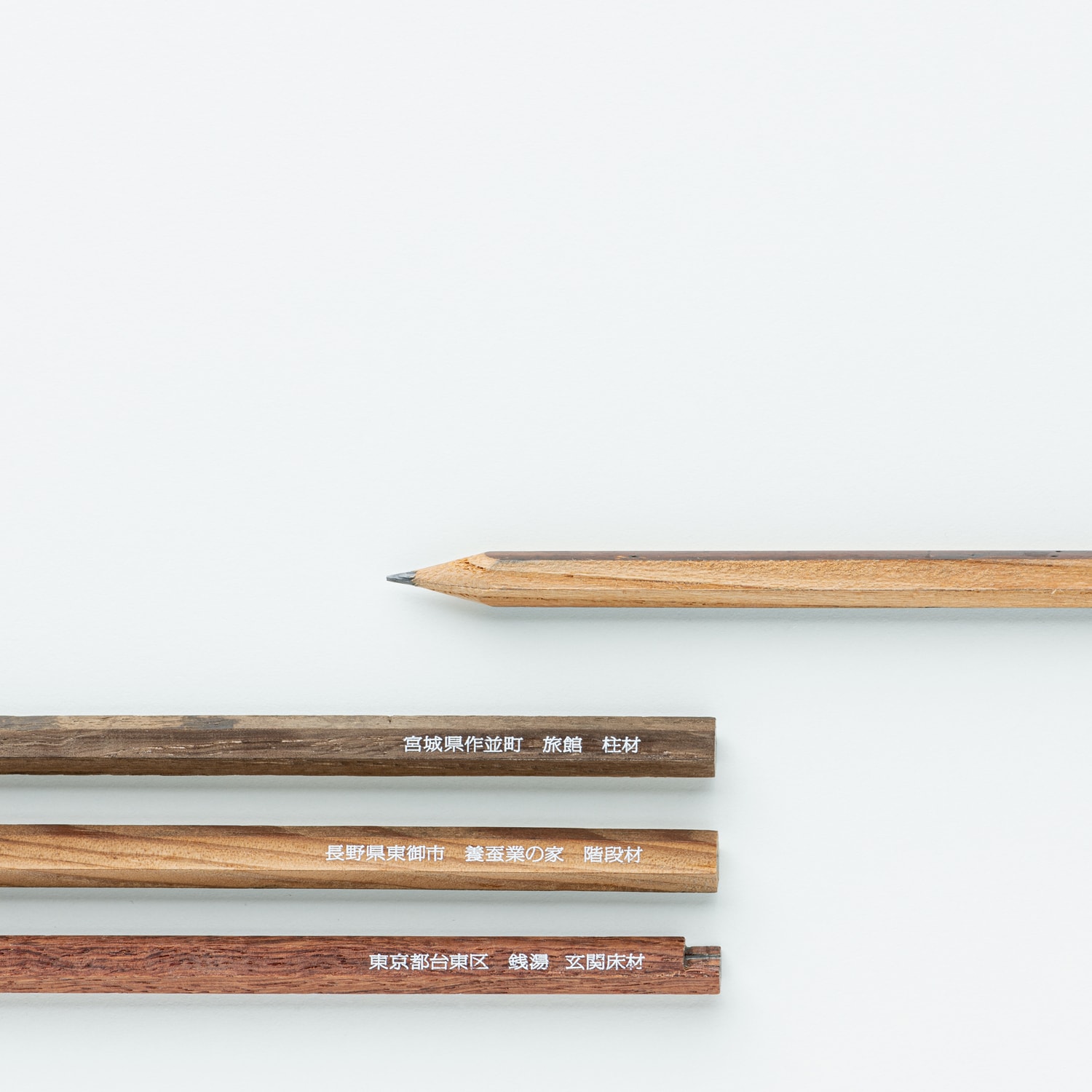
As a result of the vote, “Somewhere, Sometime” won the Grand Prix. The pencils are made by reusing scrap wood from furniture and building materials from schools and stores that have been demolished. Each one is a unique “pencil with a past life.” The designers Natsuki Tomoda and Mai Miura of Obake interpreted the theme “” to mean “people’s minds,” and saw a simple pencil as a “tool that stimulates people’s imagination.” Their idea reexamined the experience of drawing by hand in the digital age, and the relationship between stationery and people’s minds.
The design won the award because the concept had a social message behind it, the story of drawing out the users’ imagination matched the theme, and the warm feel of old wood originally used as building materials and the pleasing writing experience “raised the value of recycling.” Taking all this into account, the judges thought it was “the most well-balanced of all the finalists.”
Merit Awards went to “” with a variety of interpretations
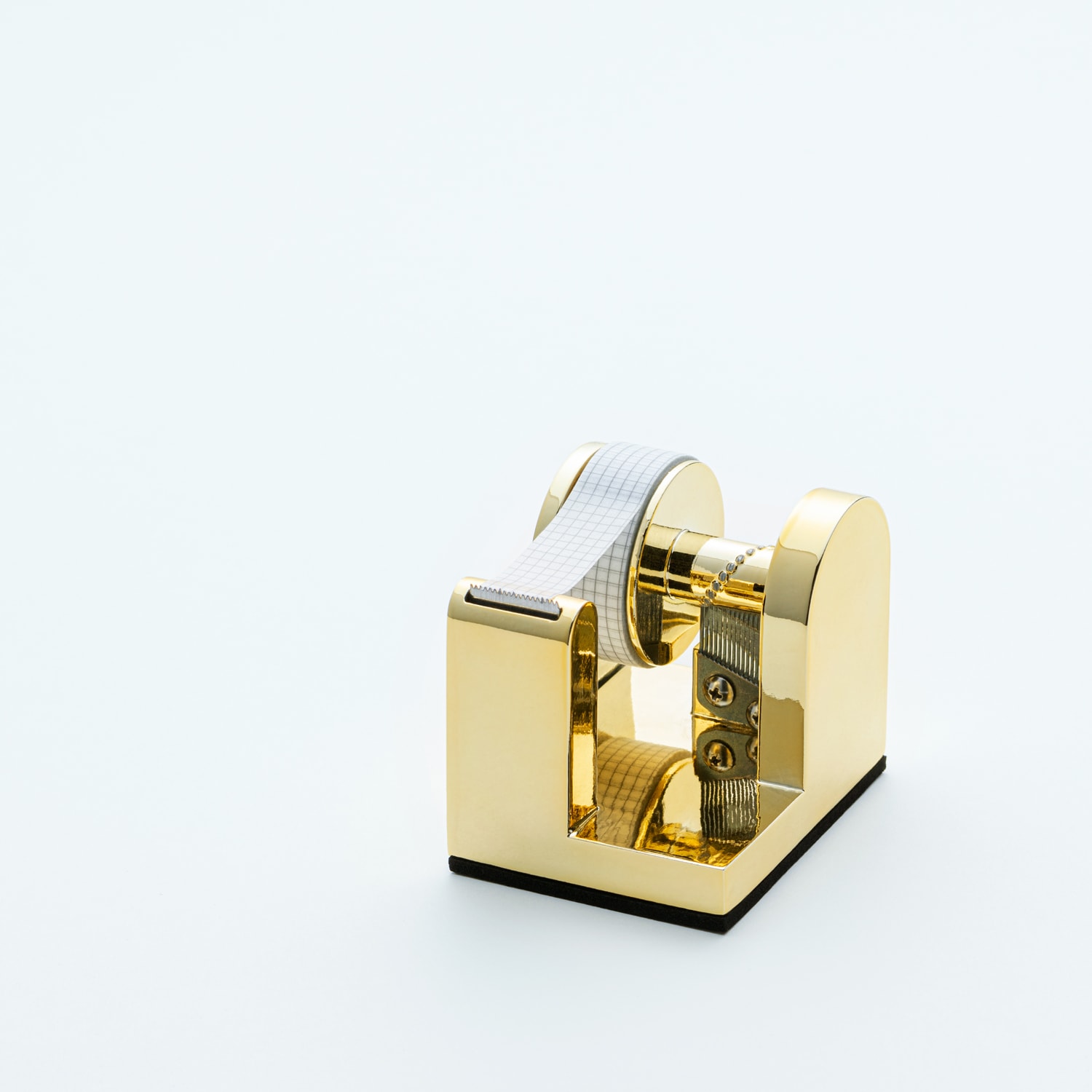
The Merit Award decisions that followed took several rounds of voting to get finally settled, with the judges struggling to reach a consensus. “Music Box Tape Cutter” by Shota Toriyama and Shun Yanagisawa is a tape cutter that has been embellished with elements of a music box. It is a piece of stationery that is like a musical instrument. Interpreting the theme “” to mean “senses,” the designers proposed a product that used the sense of hearing, based on the experience of using the sound of pulling tape to cut it to equal lengths. While creating several models, the designers “pursued the color and shape that would make the design look more like a musical instrument,” and finally settled on a gold model that brought to mind a brass instrument. However, in their advice after trying out all the designs, the judges said, “The earlier, simpler models’ surprise of not knowing where the sound is coming from was more interesting” (Uehara), “It’s a music box, so the notes should sound more like a melody” (Kawamura), and “You should develop your ideas further without insisting on sticking with the current shape—think about what kinds of sounds and melodies would make working with tape more fun” (Tane).
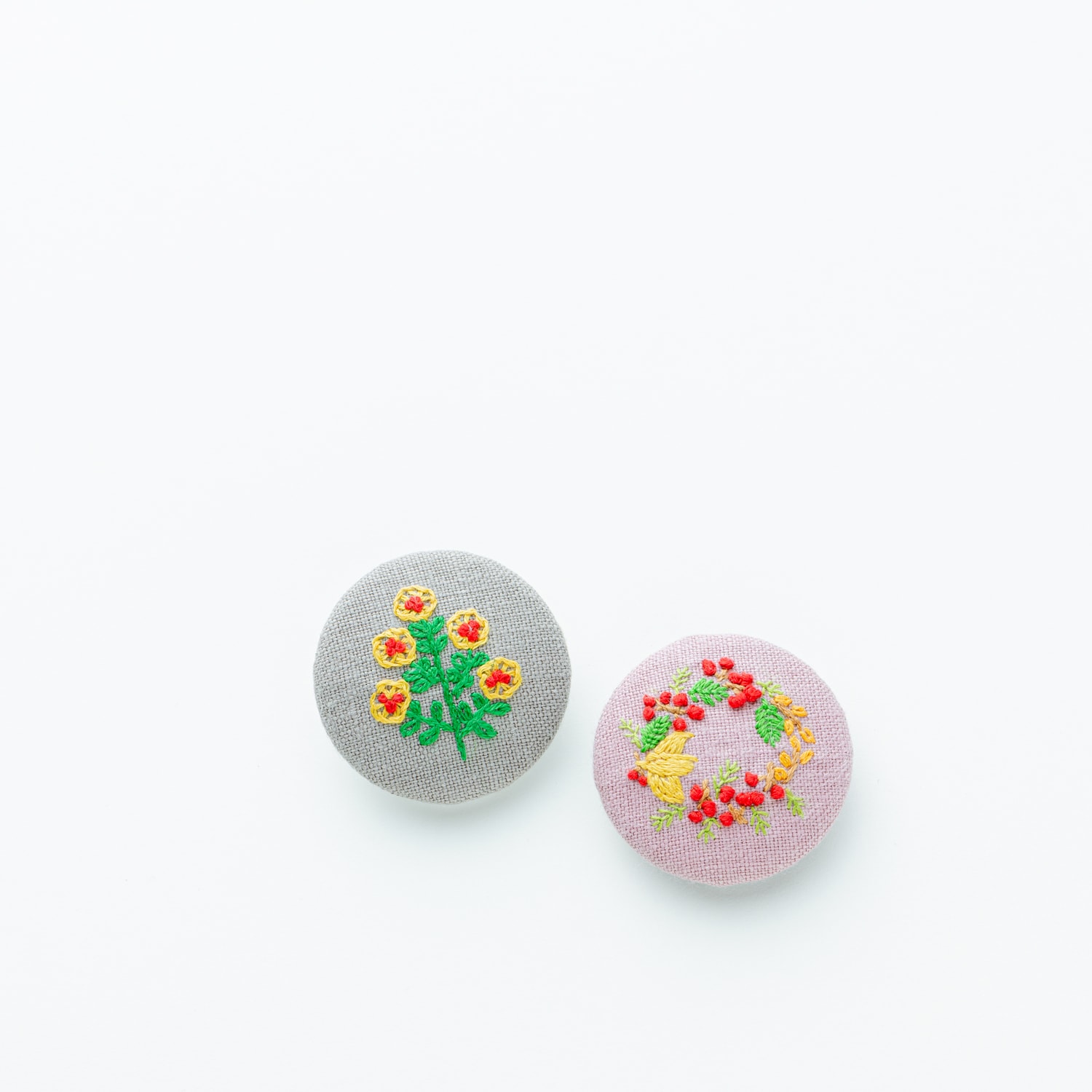
“Dearhearts” by Yohei Yamakawa is a brooch-shaped device that continues to send the child’s current location and SOS messages. The idea proposes a product that connects the hearts of adults, who want to be looking out for their children’s safety all the time, and children, who feel like they are being monitored. When the designer explained that “tens of thousands of people go missing in Japan and about a thousand of those are children,” Yoshie Watanabe, who was “shocked to hear that,” said, “I thought it deserved recognition for its story of an ordinary-looking brooch that might save children.” Yanagihara also rooted for it: “The designer’s sense of mission and passion also made an impression. It would carry a strong message if stationery manufacturer KOKUYO made a product like this aimed at safety and security.”
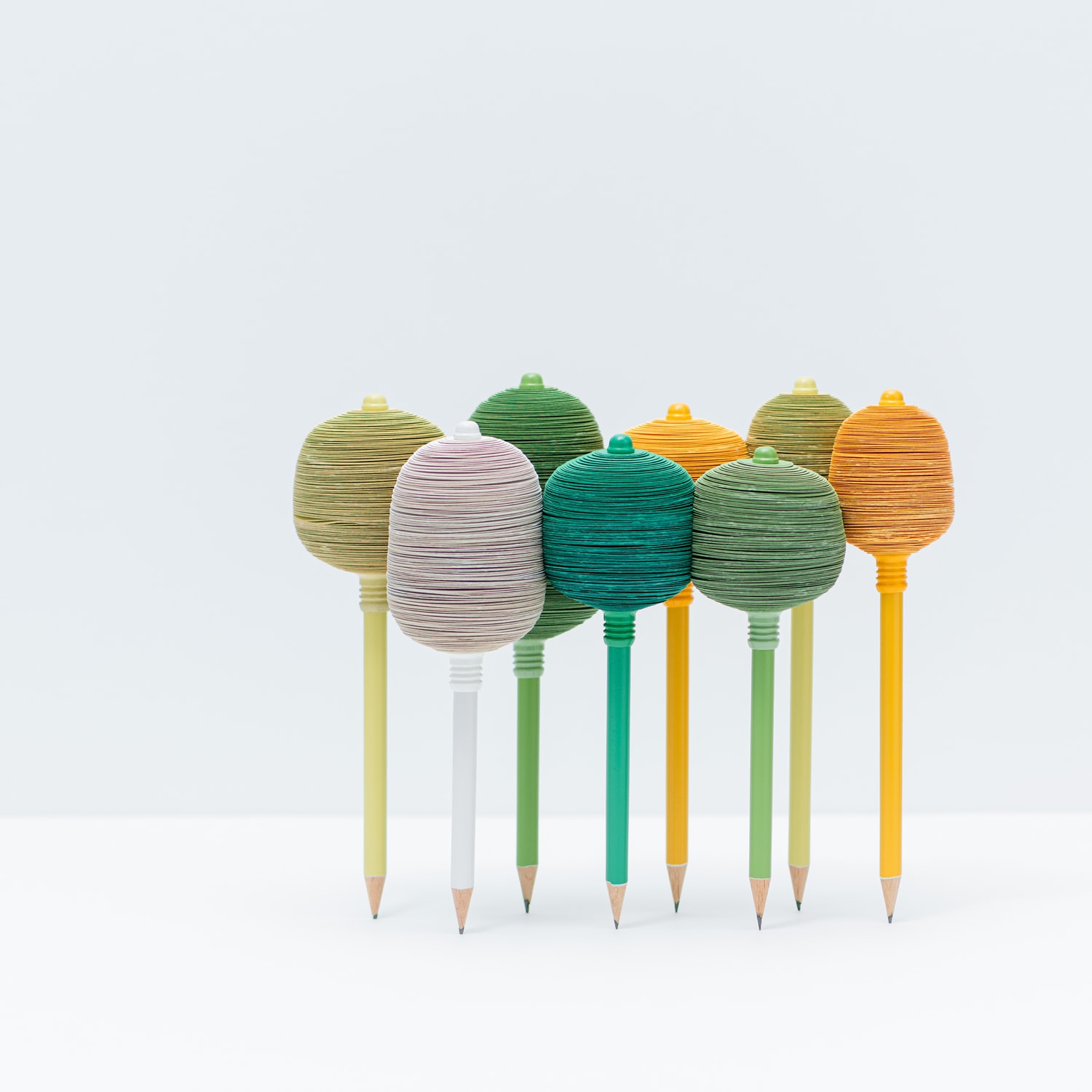
The third Merit Award winner, “FROM TREE TO FOREST” by Tuncay Ince, was an entry from Turkey. “Trees” made of a pencil and sticky notes. Collected together, they stand on their own, forming a “forest.” The “forest” gets destroyed as you use the pencils and sticky notes. In this way, the product spreads a powerful message about how human consumption of resources destroys nature. While the product had a visual impact, there was a dilemma in that “the act of making it would itself involve destroying nature” (Kawamura). The judges again discussed varying opinions from the viewpoints of how well the design matched the theme, how beautiful it was, and whether it could be made into a commercial product. One of the judges was of the opinion that “its cute appearance as a product and sense of presence was the most outstanding among the finalists” (Uehara), and this together with the unique features and the power the product had—such as the interesting way the sticky notes fit together to keep the pencils standing, and the way it makes you feel the destruction of forests as you use it—earned the entry a Merit Award.
Entries that were non-winners but impressive
There were also some entries that missed an award but had certain judges hooked right up to the end. In the same way as the interpretation of the theme “” had been left up to the entrants, each of the judges understood “” differently, too. For example, Kawamura rooted for “Problem-Fighting Sticky Notes” by Kazuya Ishikawa: “It’s attractive as a product, and the production process and commercialization are highly feasible.”
Meanwhile, Yanagihara backed “Message Bento” by Hong Kong designers Indie Common Ground. Praising the entry, he said, “It shows aspects of today’s social background, such as the issue of fewer children and less communication between parents and children, and the idea is well perfected.” He went on to say, “I was pleased that a group of male designers from Hong Kong proposed the design based on understanding the background of Japanese culture.”
The theme “” was difficult, but highlighted diversity
After the judging, the six judges looked back on the KOKUYO DESIGN AWARD 2020 in a talk show hosted by Ryuko Kida, Brand Director of the ELLE DECOR magazine. They talked in particular about “”—this year’s challenging theme. With the focus of people’s sense of values shifting from the material to the immaterial, the competition’s themes in recent years have tended toward guiding the submissions’ concepts and suggestions accordingly. In view of this, we adopted a symbol as the theme, and expected to see the power products, ideas, and imagination itself have to break through the challenge.
We also received many submissions that seemed to have used the shape of the “” symbol directly, and experienced the difficulty of having set a theme that could be interpreted in many ways. On the other hand, compared to previous years, more of the entries chosen as finalists were ones that seriously addressed social issues—the question of why we should make “that” product. This result brought with it a strong sense of the times. The judges also agree that “while it was difficult, it was a good challenge.” There was good feedback: “Easy-to-understand themes are nice, but it’s also important to tackle things that are profound and complex. All the judges thought hard about the decisions, and I think we had a good discussion,” said Uehara. Kawamura commented, “This year’s theme was especially experimental, but having the kind of atmosphere for trying it is what’s good about this award. I believe it helped us take a step further.” Tane said, “Product design competitions are driven by the idea of creating the future together. It was very fresh, and fun.” On the other hand, expressing a different opinion, one of them (Yanagihara) said that as judges they “should work on understanding the true nature of each individual submission” all the more because the interpretations and evaluations are so diverse.
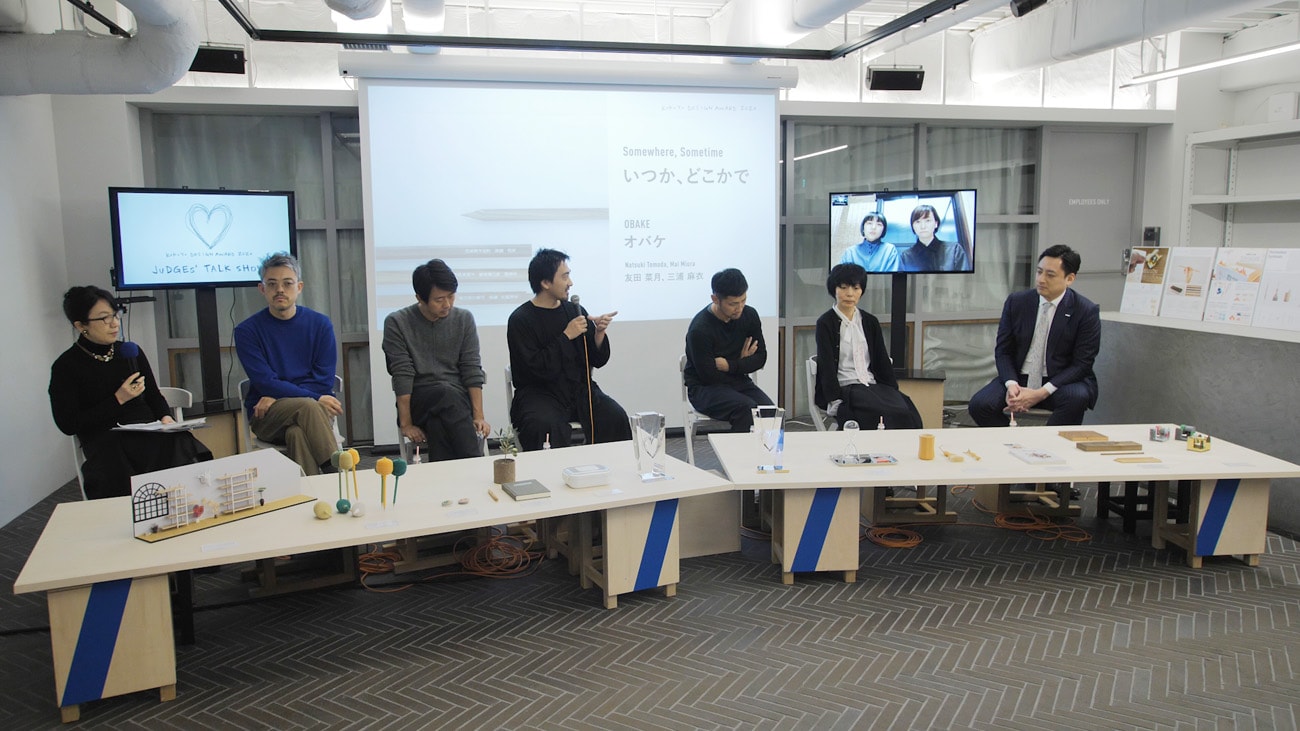
At the end of the event, KOKUYO President Kuroda concluded the award with these words: “It was a difficult award for both entrants and judges, but it helped us realize anew that we live in a world of diverse needs. I believe it was a meaningful design award that was different from any before. We tried online streaming for the first time, and were able to deliver the designers’ presentations and judges’ comments to more people. This was also very significant.
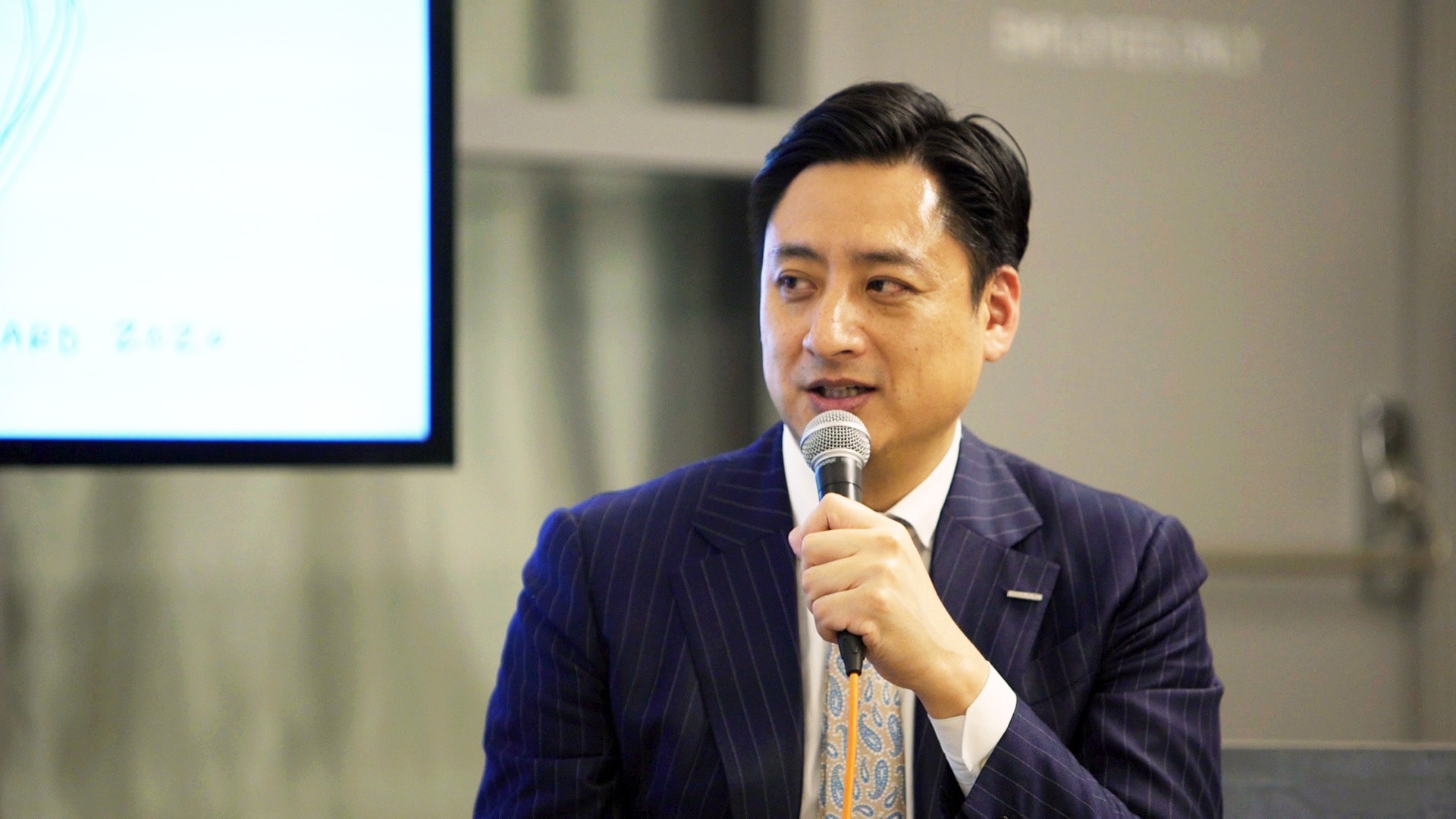
KOKUYO doesn’t hold this award because it wants to make a product that will sell, or to do something that will make a profit right away. Rather, our true aim is to provide creators all over the world with an opportunity to take on a challenge, and offer the world new value. As a high-quality design competition, we would like to work on coming up with new themes and running the event in a way that means as many people as possible will participate in it. Another unique thing about the award is that the winners get a commercial debut. We will continue to work on it actively with the members at KOKUYO.”
























